
Photos courtesy of the author unless otherwise noted.
There was an enormous bur oak tree in the backyard of my old house, and each fall I watched a frenzy of activity as gray squirrels carried, buried, unearthed and reburied acorns from late August until the ground froze solid. Squirrels are both industrious and very secretive. Where they look for a nut, they leave a circular pattern in the grass; where they remove a nut for reburial elsewhere, they leave a small divot; but where they bury a nut there is not a sign. In fact, so paranoid of discovery are they, that a squirrel often will feign a digging motion, put its face in the imaginary hole, and then to hop away with the acorn still in its mouth.

Through the years of researching oak reproduction, I became fascinated with the nut-burying behavior of squirrels. What had seemed obvious in the beginning—that squirrels bury acorns and acorns turn into oak trees—became more and more of a mystery: Why did oak seedlings pop up in my yard each spring, and yet were often absent from un-mowed pastures, park-like oak savannas and prairies in close proximity to mature oaks—where soil, sunlight, and water would all seem to be adequate (see oak savanna landscape photo)?

Could the grasses simply strangle the tiny seedlings? No doubt this is sometimes true, but when I plant oak seedlings in a wide variety of soil types and competing vegetation, they seem remarkably tough and able to thrive, as long as they have abundant sunlight. When I plant acorns in grasslands and woodlands, they germinate and begin to grow. We burn the prairies, grassy fields and woods as a part of ecological restoration. So, could these fires eliminate oak seedlings? Probably not. While fires may top kill a young oak, my experiments have shown that even tiny seedlings usually sprout back after burning.

On a beautiful fall day in 2014, I interrupted two fox squirrels in the middle of a plowed field. The squirrels ran to the safety of some large bur oaks nearby. Suspecting that the squirrels were burying acorns, I reminded myself to check the site the next spring for oak seedlings. Sure enough, my college interns and I found more than 300 oak seedlings the following spring. In the adjacent un-mowed grassland, we found none. By 2014, the reason for the squirrel’s preference for bare, open sites had become obvious. White-footed mice and meadow voles are voracious acorn eaters, and my live-trapping and feeding experiments had both shown these small rodents were more active in and around woodlands with tall, grassy vegetation. The squirrels, in selecting bare ground, were caching acorns where the nuts were less likely to be eaten by mice and voles and the squirrels were more likely to recover them for winter food supplies. In 2014 and 2015, I experimentally created bare ground in white oak woodland and in a grassy field adjacent to oak woods. In both cases, the squirrels (or blue jays) responded by caching acorns.

So, I have learned something about how squirrels chose where to cache an acorn, and about why oak seedlings rarely appear in prairies and grassy openings in or adjacent to oak woods. The biggest puzzle left is how to integrate this new understanding of acorn dispersal and germination with the ecology of the oak ecosystems prior to Euro-American settlement—and from there into the practice of ecological restoration. Eye-witness accounts from early settlers and government surveyors tell us the savannas were open in structure with an abundance of sedge, grass and flowers—meaning that fire was a common event. Pollen records tell us that oaks were dominant tree species for the last 13,000 years. Perhaps periodic fires late in the growing season left a bare, black surface, which enticed squirrels to cache acorns. Populations of hawks, owls, foxes, weasels, skunks and other rodent predators may have kept the mouse and vole populations low, enhancing acorn and seedling survival. Bison may have played a role by periodically eating and trampling the tall vegetation in late summer and fall, thus creating areas for squirrels to cache acorns. Every answer creates another question, but hopefully each helps us to become better stewards of our oak woodlands today.
I will never look at squirrels the same again.
Thomas B. Simpson, Ph.D. is the Research Field Station Ecologist with theMcHenry County Conservation District and can be contacted at tsimpson@mccdistrict.org. This article is based on research conducted by the author with the generous support of McHenry County Conservation District. A free PDF of the 47-page booklet summarizing the research is available from the author.





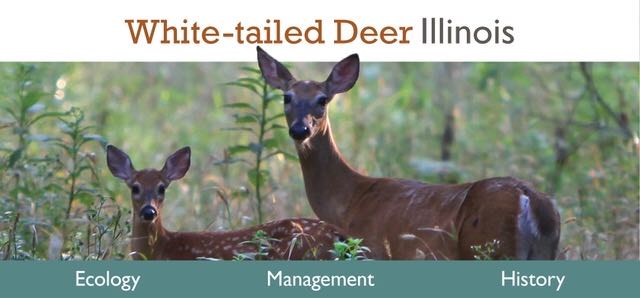

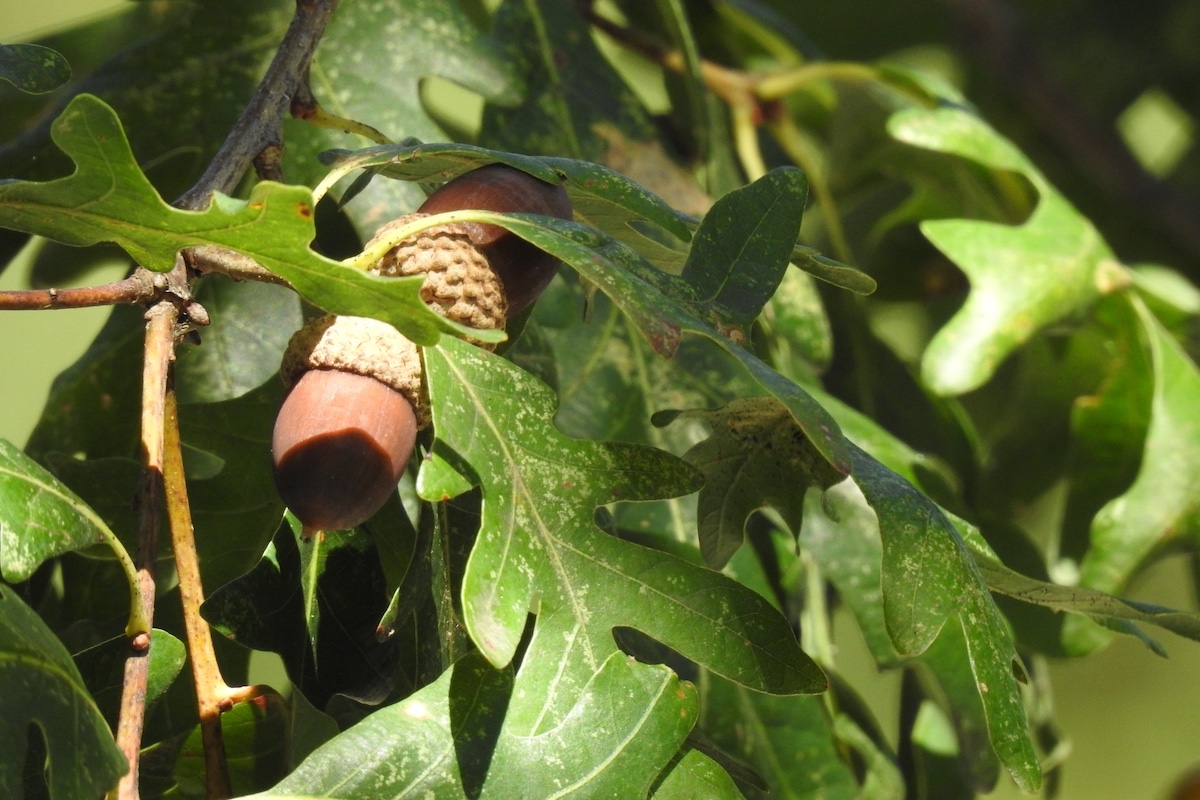

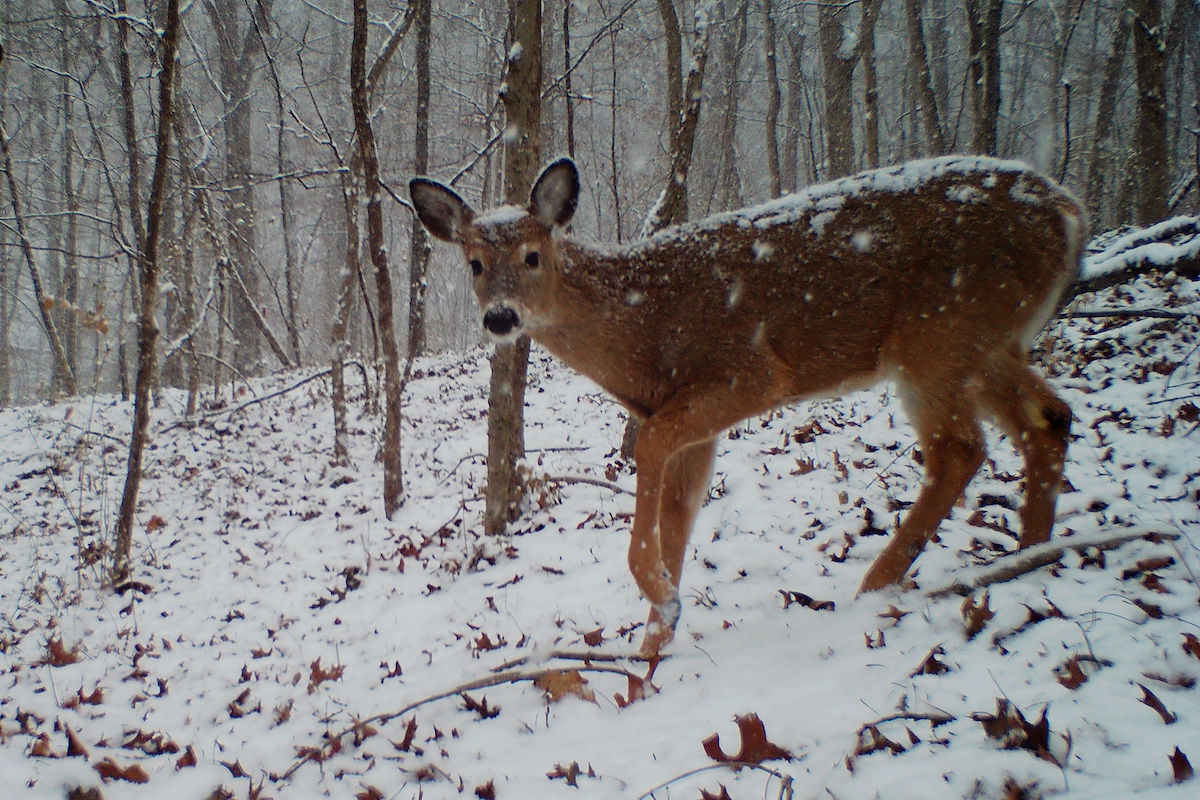
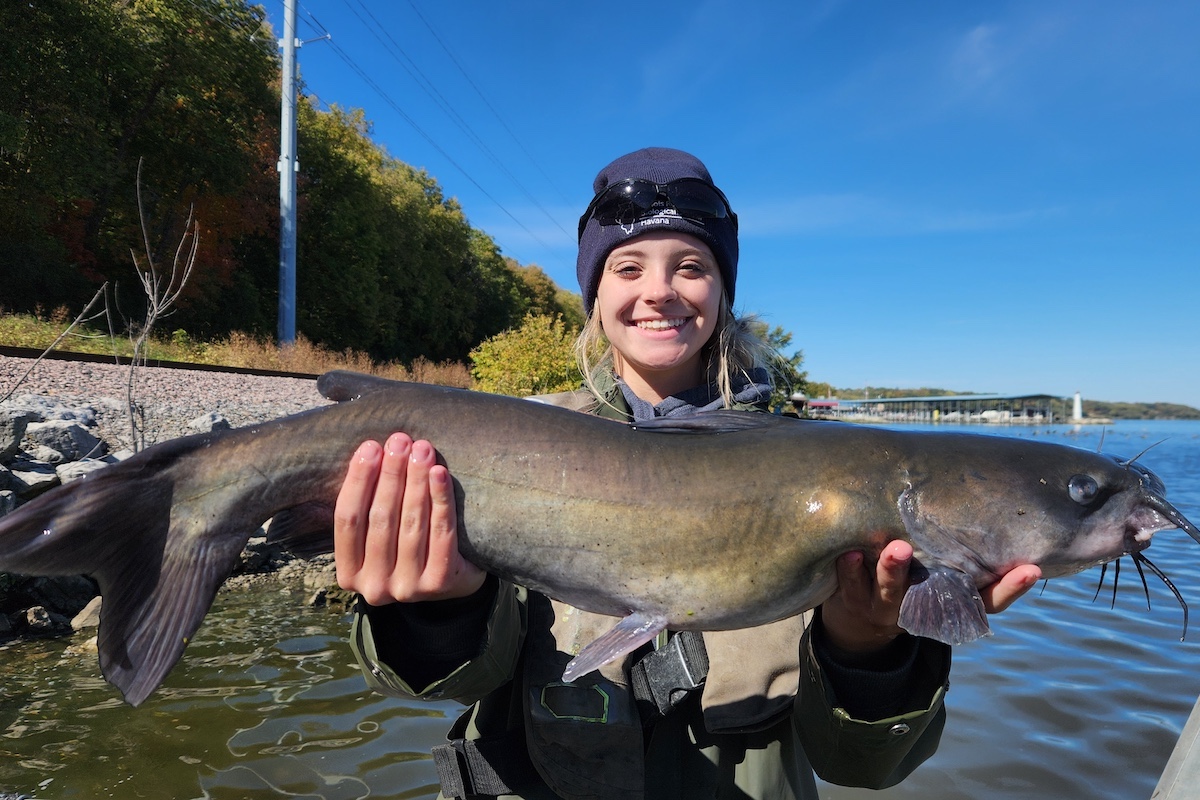
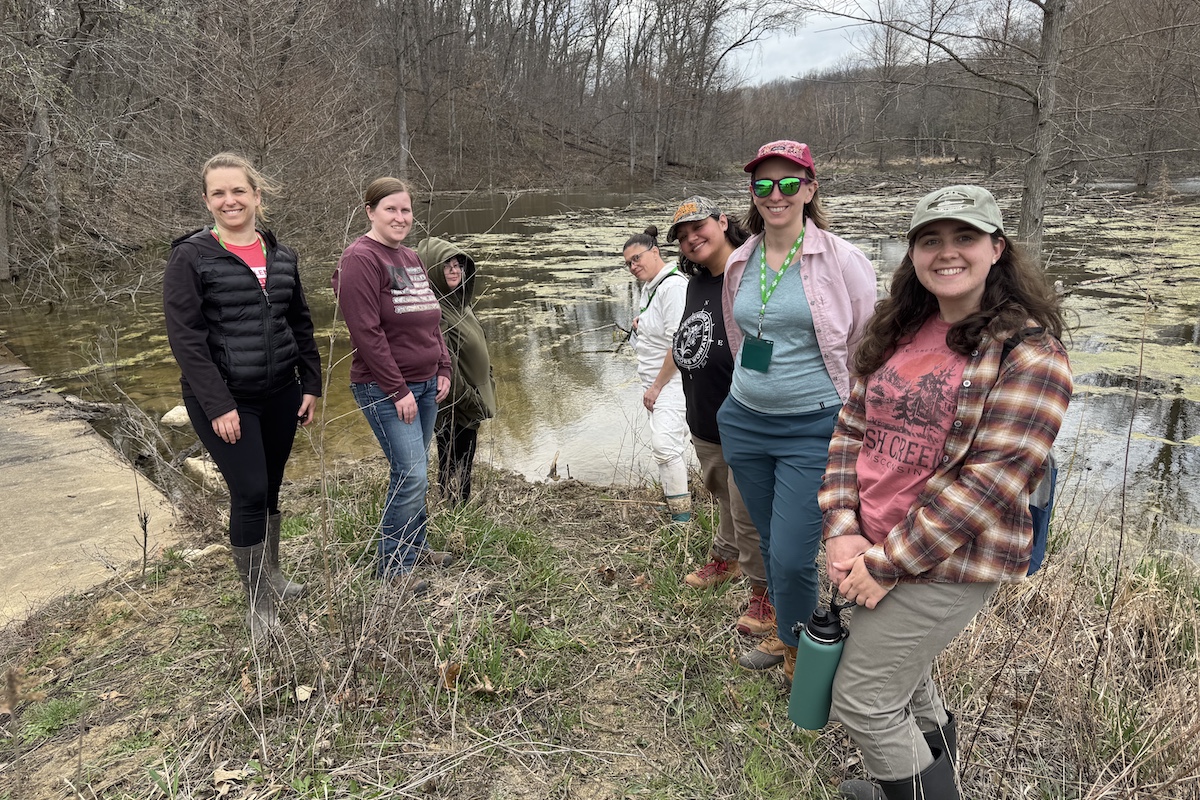
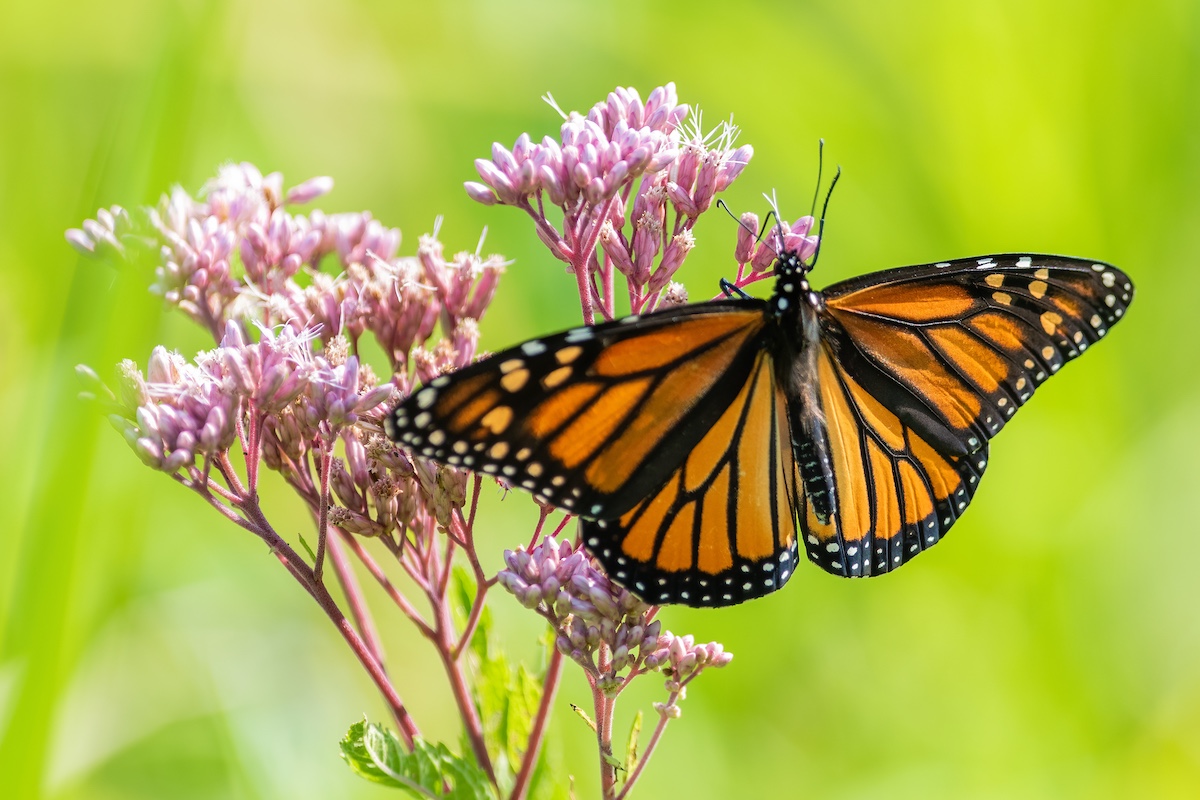
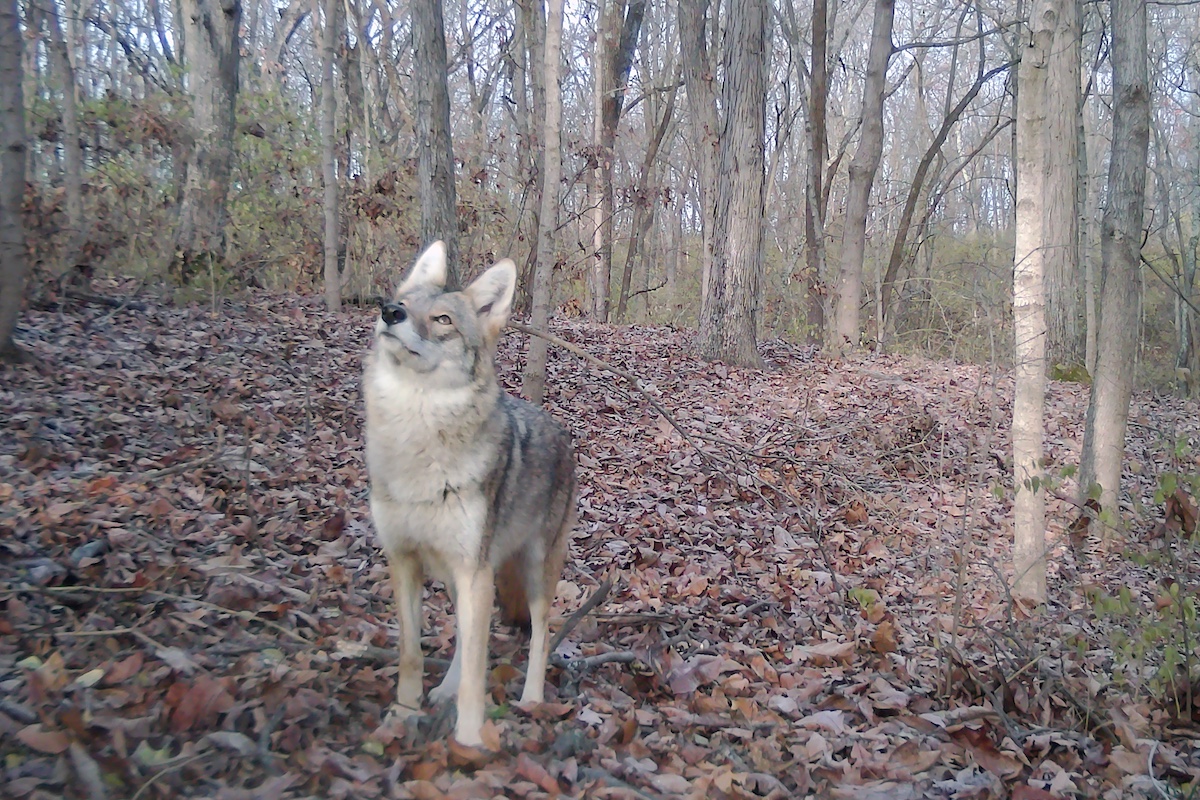

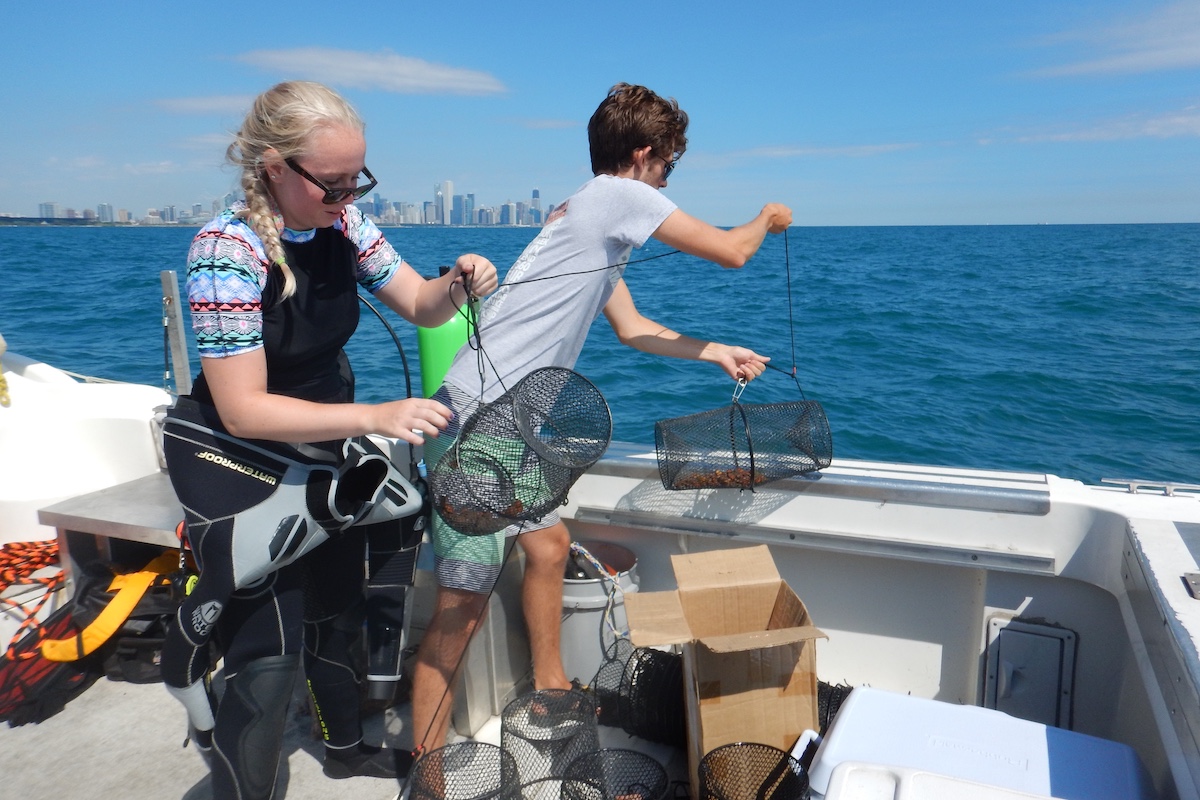
Submit a question for the author